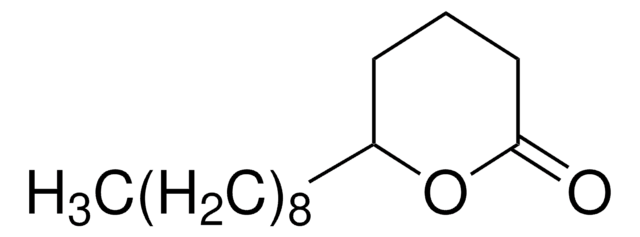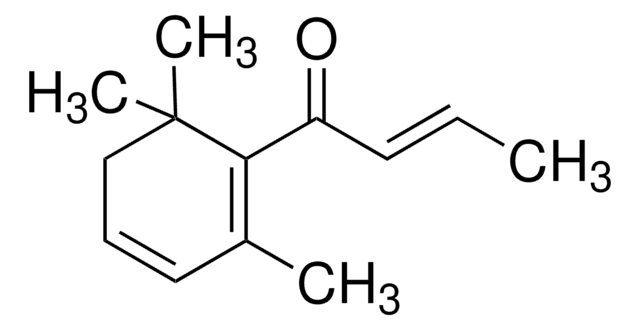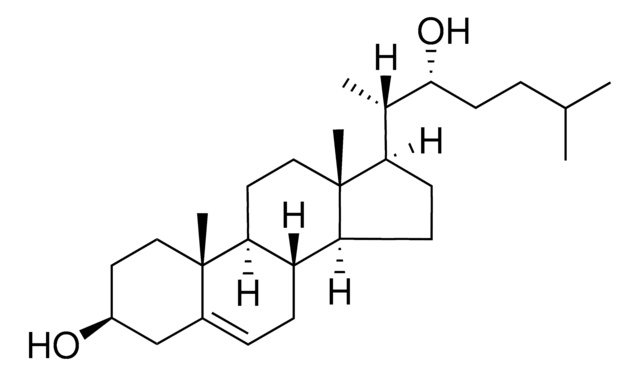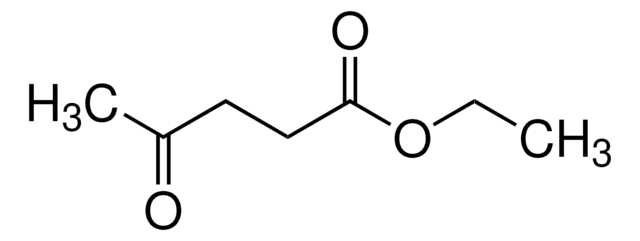W468501
δ-Tridecalactone
≥95%, FG
Synonym(s):
Tetrahydro-6-octyl-2H-pyran-2-one, 6-octyloxan-2-one
About This Item
Halal
Kosher
Recommended Products
biological source
synthetic
Quality Level
grade
FG
Halal
Kosher
reg. compliance
EU Regulation 1334/2008 & 178/2002
FDA 21 CFR 172.515
Assay
≥95%
application(s)
flavors and fragrances
Documentation
see Safety & Documentation for available documents
food allergen
no known allergens
Organoleptic
creamy; dairy; milk; musty; buttery
InChI
1S/C13H24O2/c1-2-3-4-5-6-7-9-12-10-8-11-13(14)15-12/h12H,2-11H2,1H3
InChI key
RZZLMGATMUAJPX-UHFFFAOYSA-N
Related Categories
General description
Storage Class Code
11 - Combustible Solids
WGK
WGK 3
Flash Point(F)
259.7 °F
Flash Point(C)
126.5 °C
Choose from one of the most recent versions:
Certificates of Analysis (COA)
Don't see the Right Version?
If you require a particular version, you can look up a specific certificate by the Lot or Batch number.
Already Own This Product?
Find documentation for the products that you have recently purchased in the Document Library.
Our team of scientists has experience in all areas of research including Life Science, Material Science, Chemical Synthesis, Chromatography, Analytical and many others.
Contact Technical Service







